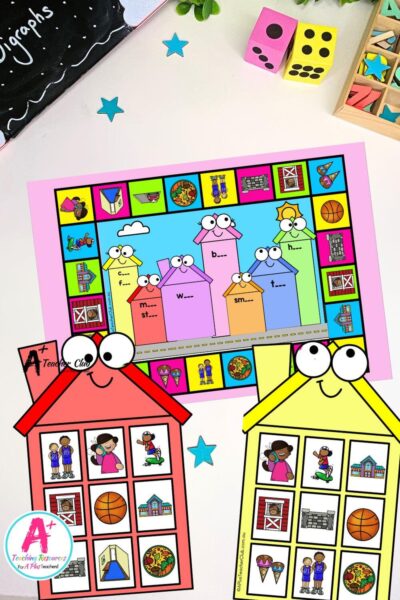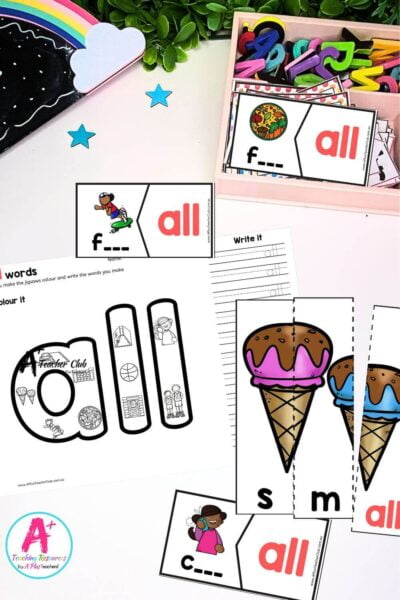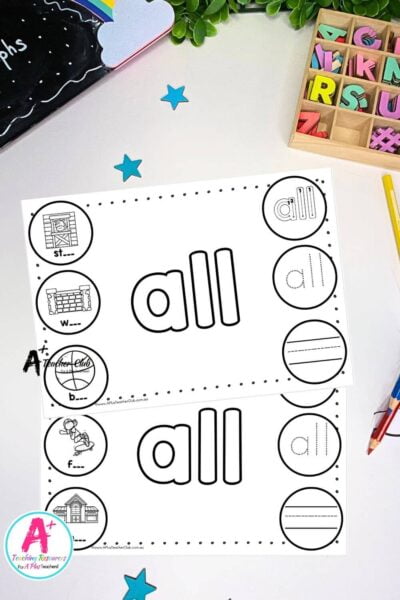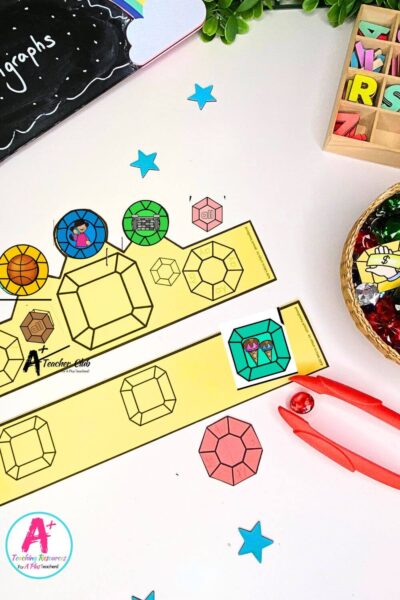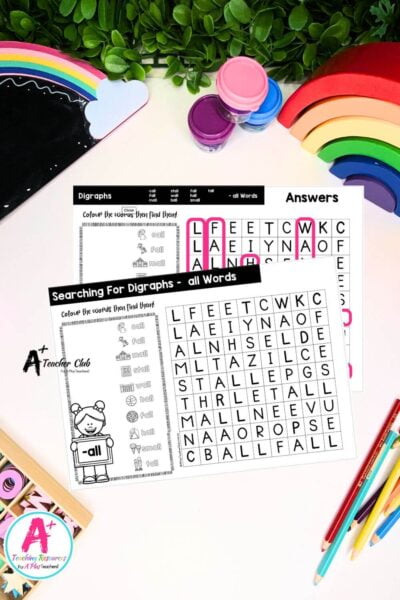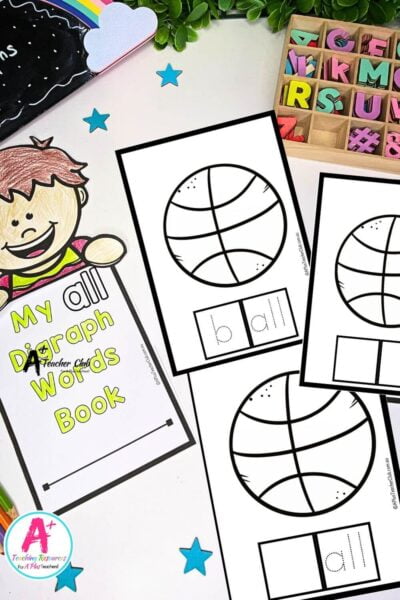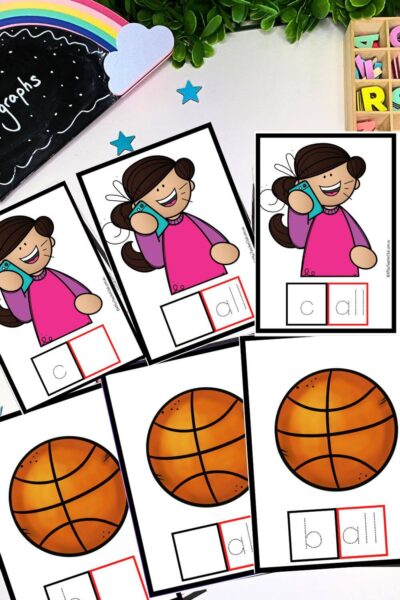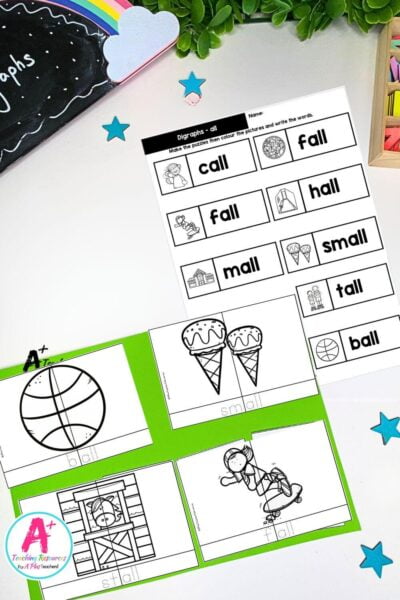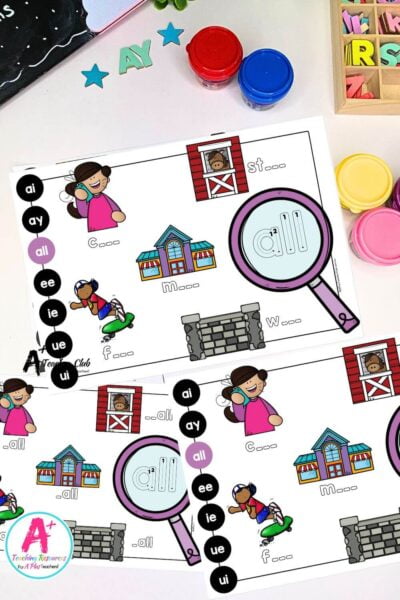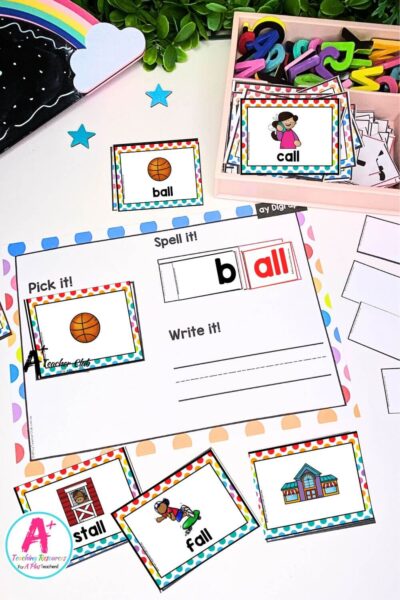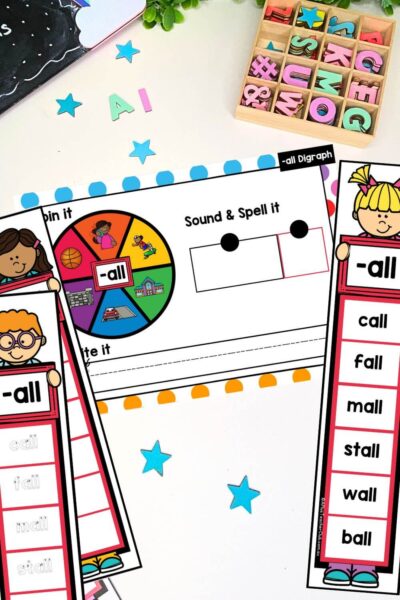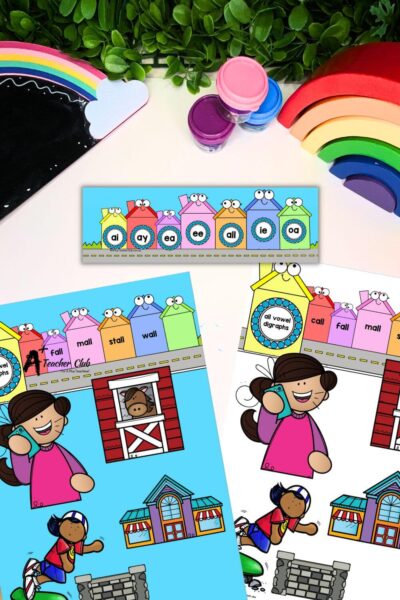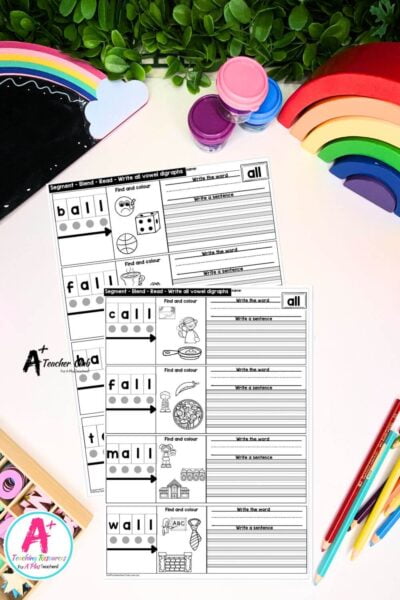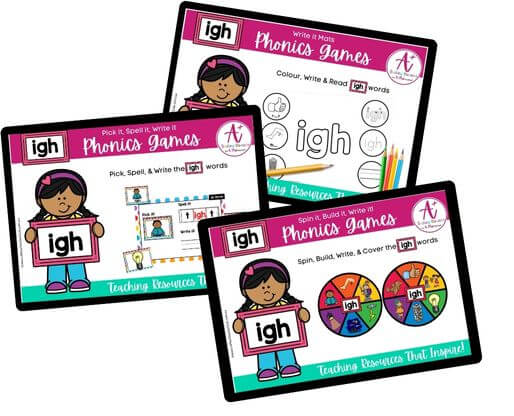all Digraph Activites
Phonics, Spelling, & Grammar Resources
Looking for engaging activities to teach the “all” digraph sound? You’ve come to the right place! Our collection of “all” Digraph Activities is designed to make phonics learning fun and interactive for students of all levels. From digital games and interactive worksheets to hands-on manipulatives and word-building activities, we have a wide variety of resources to cater to different learning styles. Whether your students are in kindergarten, first grade, or beyond, these activities will help them recognize and practice words with the “all” digraph sound. Get ready to spark their phonics skills and make learning “all” words a breeze!
Teaching Digraphs
What is a Digraph?
A digraph is a combination of two letters that come together to represent a single sound. In other words, it’s when two letters work together to create a unique phoneme. Examples of digraphs include “ch,” “sh,” “th,” “ph,” and “ee.” These combinations create distinct sounds that are different from the individual sounds of the letters.
So, why do we teach digraphs?
Well, digraphs play a crucial role in developing strong reading and spelling skills. By introducing and teaching digraphs, we provide students with the tools to decode and encode words more effectively. Digraphs help bridge the gap between individual letter sounds and complex word patterns, enabling students to become more proficient readers and writers.
When should we teach digraphs?
The introduction of digraphs typically occurs after students have gained a solid foundation in letter-sound correspondence. Usually, digraphs are introduced in early primary grades, such as kindergarten or first grade, as students progress from basic phonics skills to more advanced reading and writing abilities. Introducing digraphs at this stage allows students to expand their phonemic awareness and build a stronger foundation for reading and spelling.
Now, let’s talk about how we teach digraphs. Engaging and interactive activities are key to helping students grasp the concept of digraphs. Teachers can incorporate a variety of strategies, such as multisensory approaches, word sorts, word building, interactive games, and guided practice. By providing hands-on experiences and ample opportunities for practice, students can develop a deeper understanding of digraphs and become more proficient in recognizing, decoding, and encoding words with digraphs.
Teaching digraphs not only enhances students’ phonics skills but also boosts their overall language development. It enables them to confidently decode and spell words, expanding their vocabulary and comprehension abilities. So, whether it’s through engaging activities, interactive lessons, or multisensory experiences, teaching digraphs is a valuable component of early literacy instruction.
all Vowel Digraph
We have put together a stack of teaching resources to help you teach the all digraph. Click + for a list of the all vowel digraph words used in our resources.
Resources listed in this collection
Click to jump to...-
all Vowel Digraph Activities Board Game
-
all Vowel Digraph Activities Strip Reader
-
all Vowel Digraph Activities Clip Cards
-
all Vowel Digraph Activities Strip Puzzles
-
all Vowel Digraph Activities Write It Mats
-
all Vowel Digraph Activities Crowns Craft
-
all Vowel Digraph Activities I Spy Read & Find
-
all Vowel Digraph Activities Word Search
-
all Vowel Digraph Activities Student Book
-
all Vowel Digraph Activities Flashcards
-
all Vowel Digraph Activities Colour 2 Piece Puzzles
-
all Vowel Digraph Activities B&W 2 Piece Puzzles
-
all Vowel Digraph Activities Playdough Mats
-
all Vowel Digraph Activities Word Builder
-
all Vowel Digraph Activities Spin & Spell
-
all Vowel Digraph Activities Posters
-
all Vowel Digraph Activities Worksheets
all Digraph Activites
Explore tags
More Digraph Activities

ou digraph

ue digraph

Vowel Teams
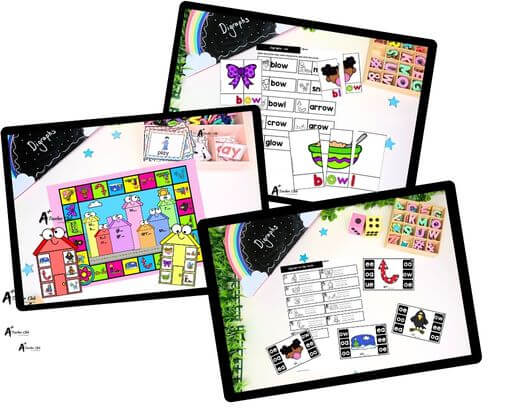
ow digraph
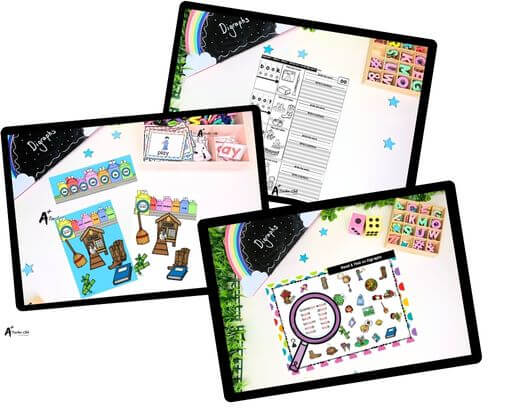
oo digraph
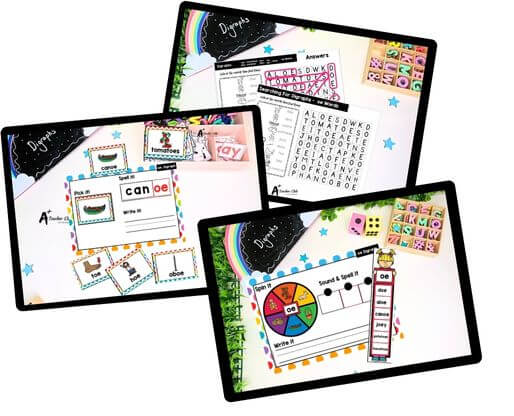
oe digraph

oa digraph
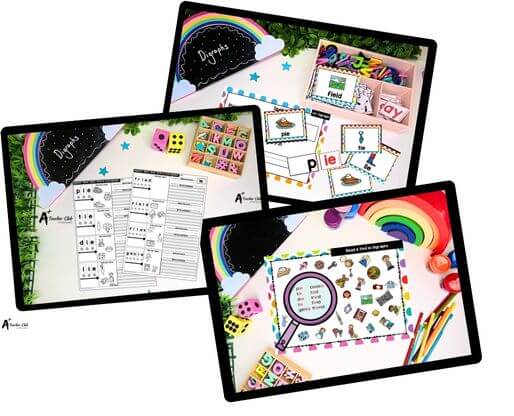
ie digraph
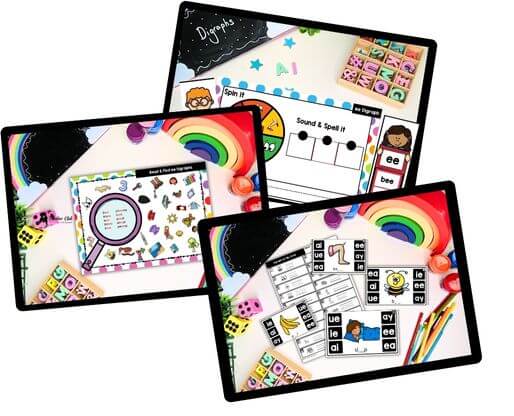
ee digraph
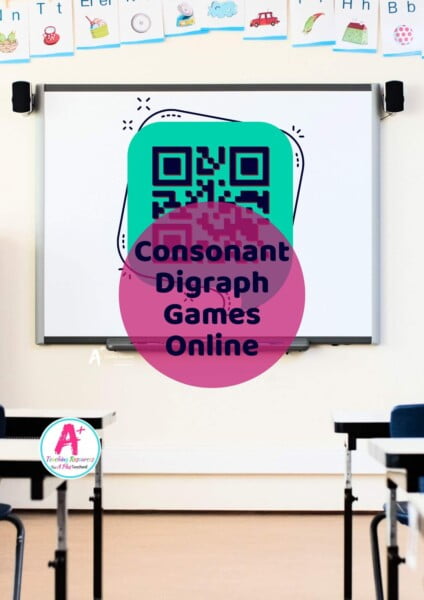
Digi Consonant Digraph Games

Browse Our Digraph Activities Collection
Can't find what you're looking for?
Send us a request! Use this form to request a resource. Please give details of the learning area, topic, year level, curriculum links. We’ll be happy to take a look to see if we can fit it in. Unfortunately a request does not guarantee we will be able to make it!
"*" indicates required fields

